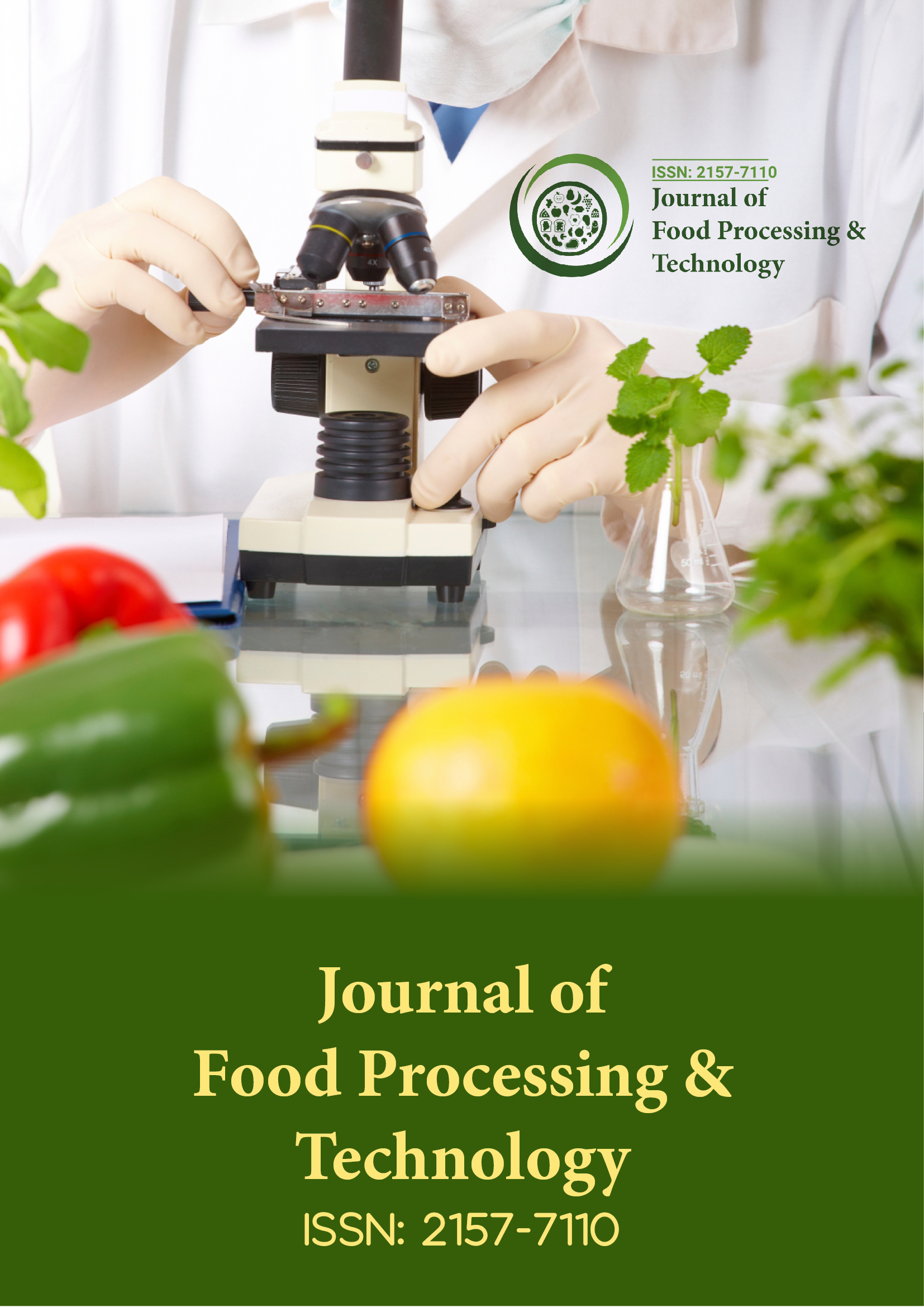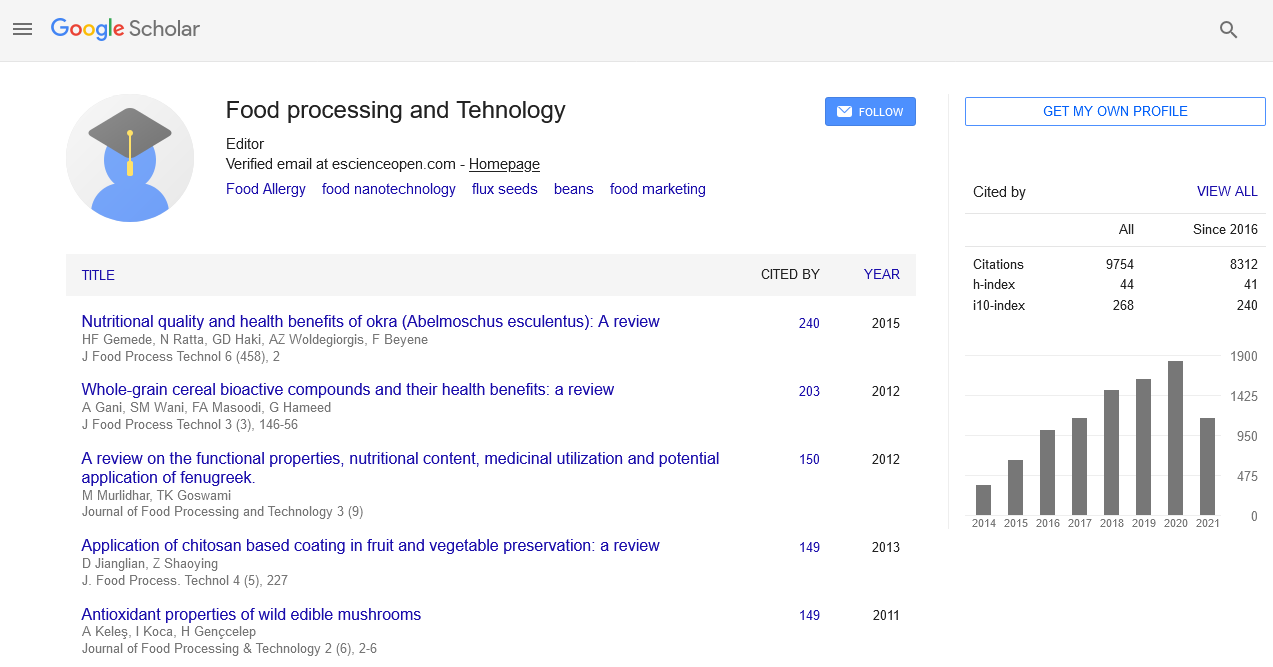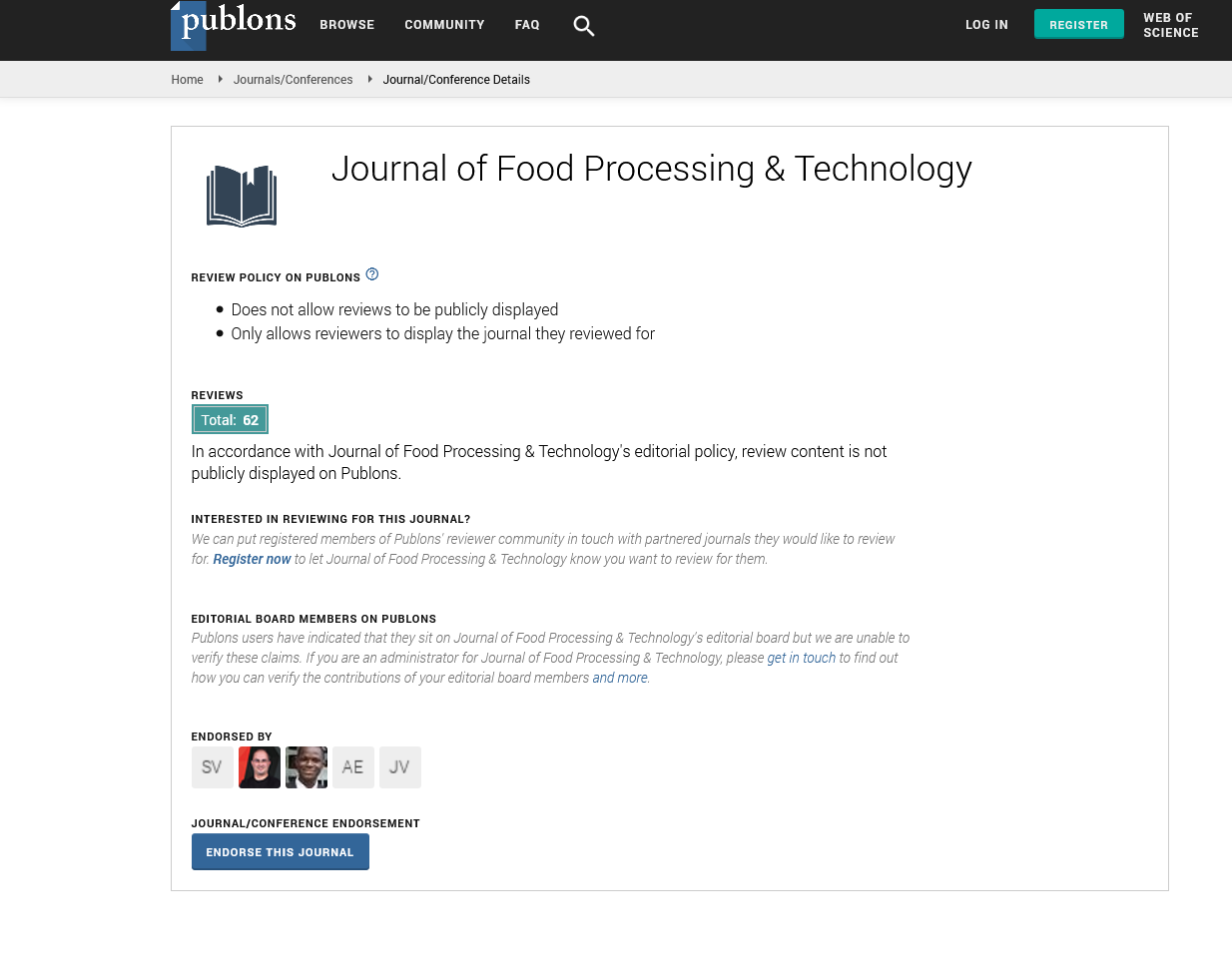Indexed In
- Genamics JournalSeek
- Academic Keys
- JournalTOCs
- China National Knowledge Infrastructure (CNKI)
- Access to Global Online Research in Agriculture (AGORA)
- Centre for Agriculture and Biosciences International (CABI)
- RefSeek
- Directory of Research Journal Indexing (DRJI)
- Hamdard University
- EBSCO A-Z
- OCLC- WorldCat
- Scholarsteer
- SWB online catalog
- Publons
- Euro Pub
- Google Scholar
Useful Links
Share This Page
Journal Flyer

Open Access Journals
- Agri and Aquaculture
- Biochemistry
- Bioinformatics & Systems Biology
- Business & Management
- Chemistry
- Clinical Sciences
- Engineering
- Food & Nutrition
- General Science
- Genetics & Molecular Biology
- Immunology & Microbiology
- Medical Sciences
- Neuroscience & Psychology
- Nursing & Health Care
- Pharmaceutical Sciences
Abstract
Performance Evaluation of Biomass Fired Dryer for Copra Drying: A Comparison with Traditional Drying in Subtropical Climate
Sachidananda Swain, Din M, Chandrika R, Sahoo GP and S Dam Roy
In tropical and sub-tropical Island climate, adverse effect of heavy rainfall (2800-3500 mm), temperature (25-35°C) and relative humidity (75-95%) year round render high microbial infection to the copra produced by farming communities using traditional methods, causing low quality of copra leading to lower income to the producers. Keeping in view, a biomass fired copra dryer has been designed, developed and tested in Andaman Islands. The aim was to increase in employment generation to the rural households who are engaged with traditional method of copra production. The results indicated that biomass fired copra took 22 hours to reduce initial moisture content from 57.4% (w.b) to 6.8% (w.b) which saved 40% and 47% of total drying time compared to two traditional methods e.g. Machan drying and sun drying. Coconut shell of 80-85 kg is used as fuel. Two persons are required to feed the fuel and maintain the constant temperature to obtain better quality copra. The copra obtained was graded as 82% MCG1, 13% MCG2 and 5% MCG3. The cost benefit ratio and payback period was found to be 1.4 and 1.5 month respectively. The coconut shell may be used for fuel which saves manpower and energy, thereby enhancing net return to the farmers.


